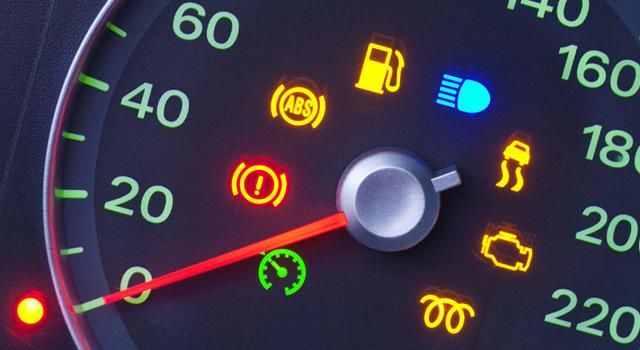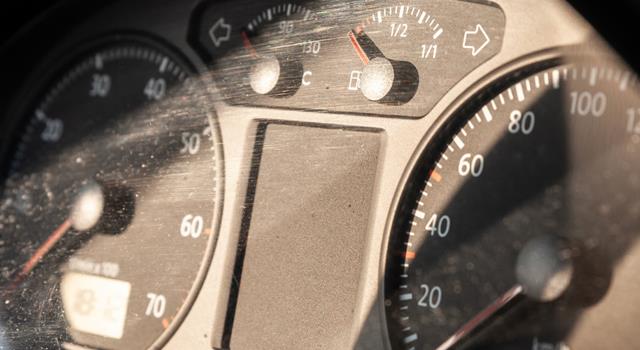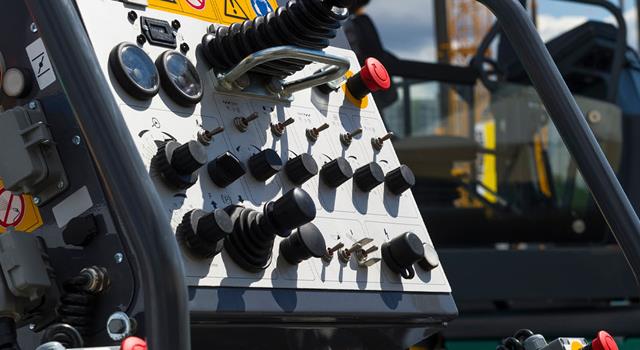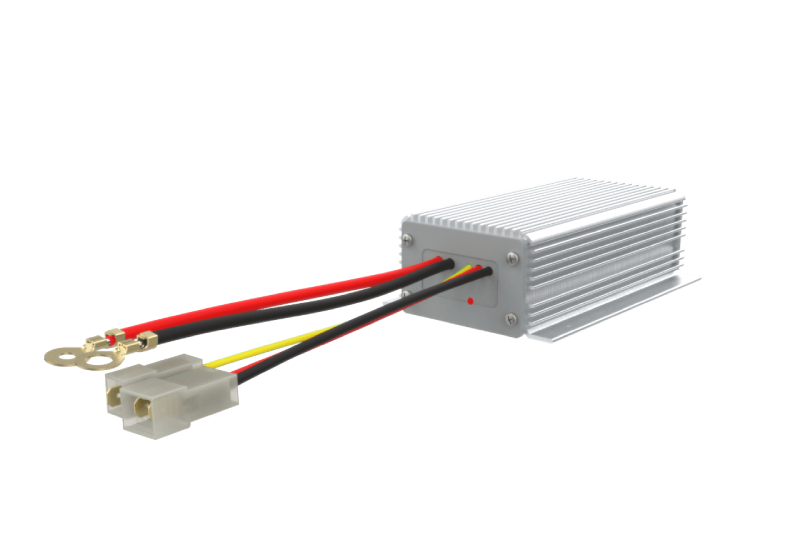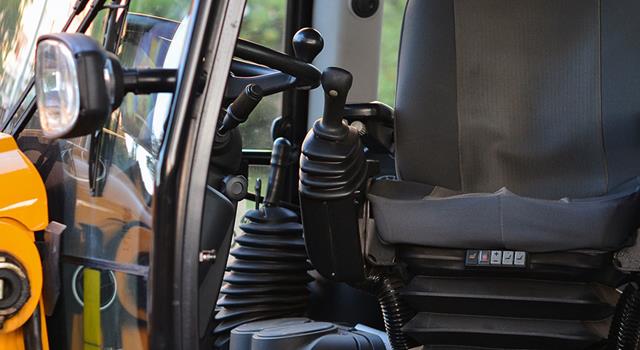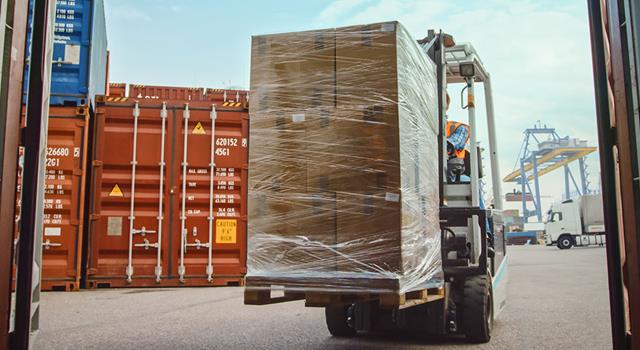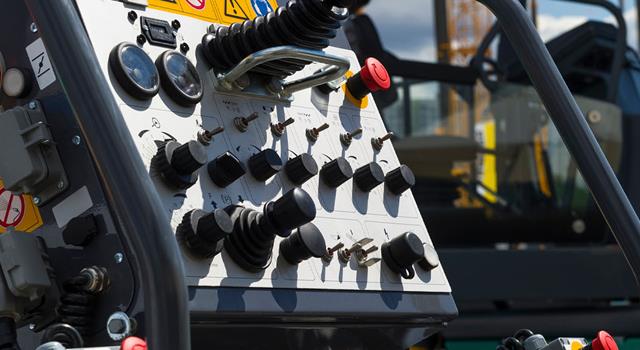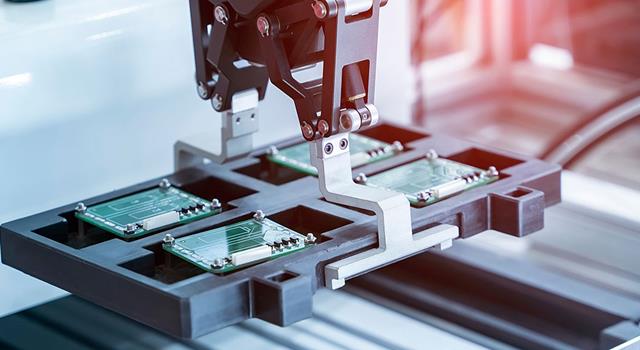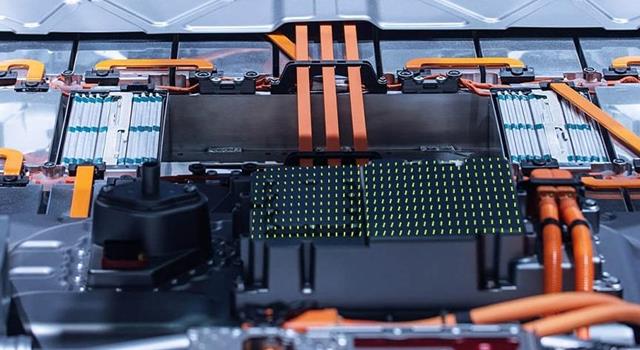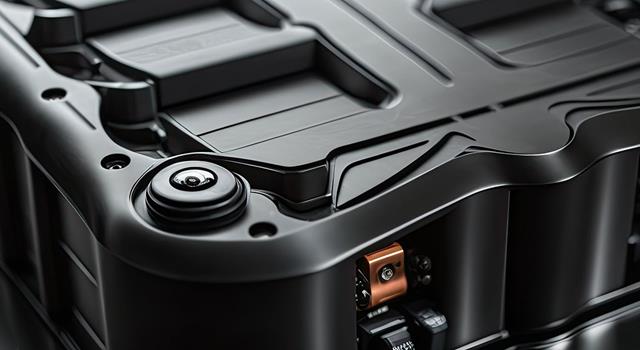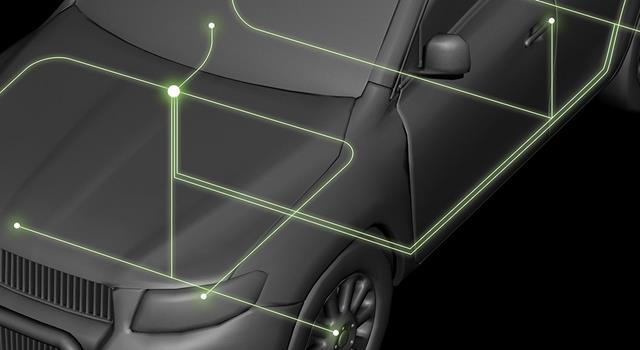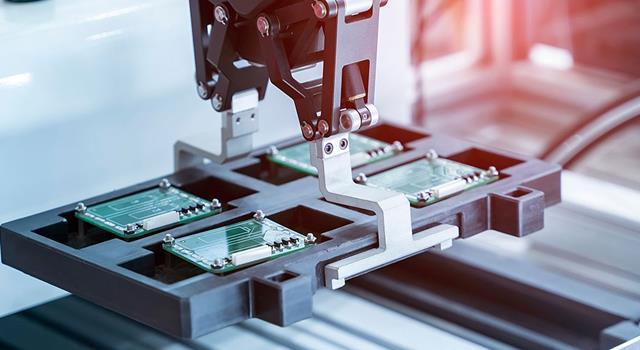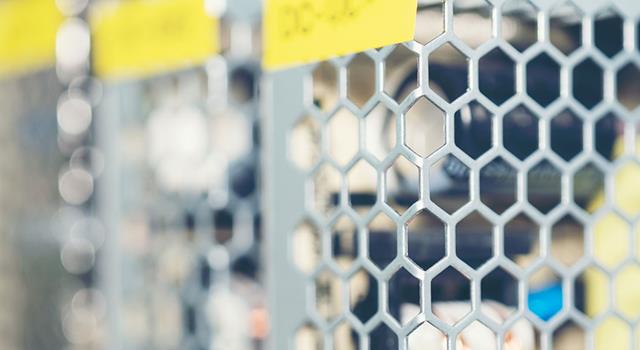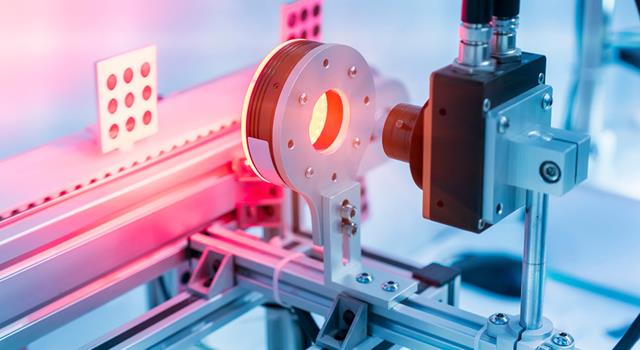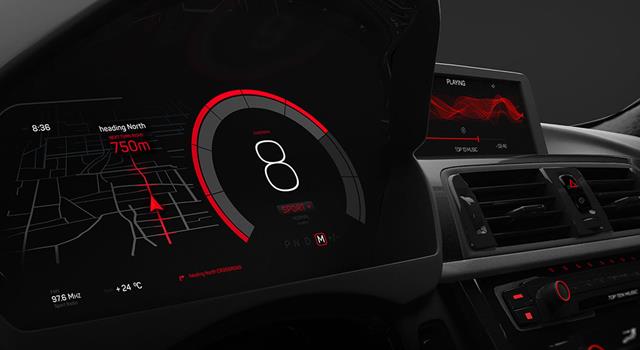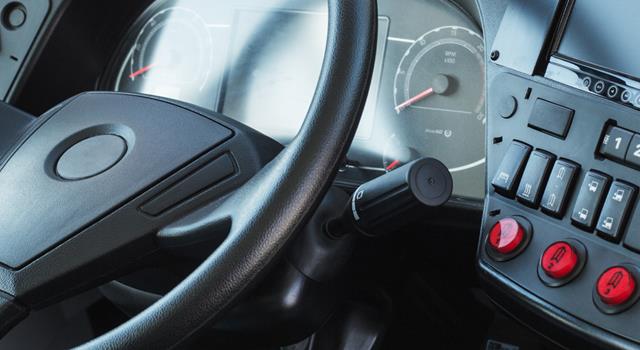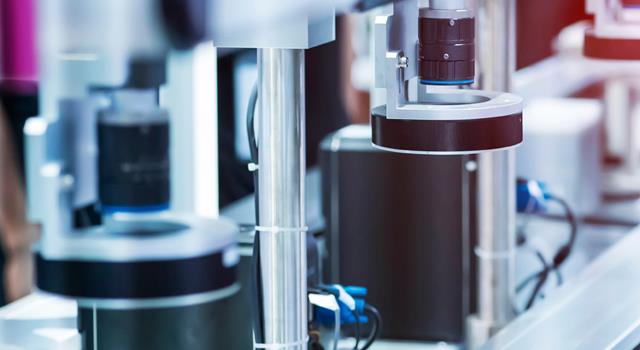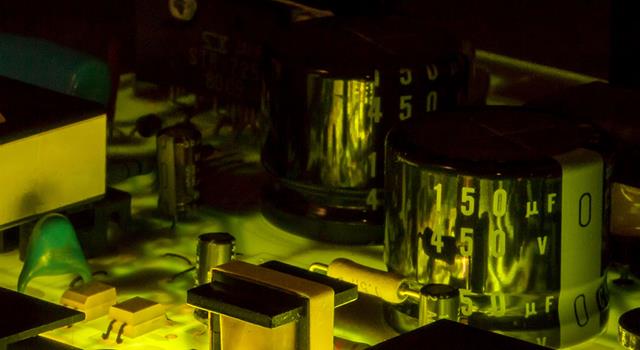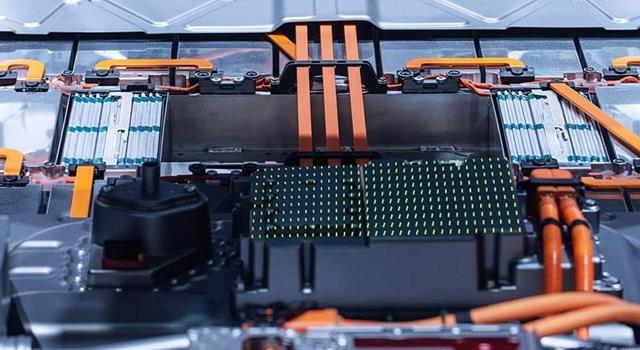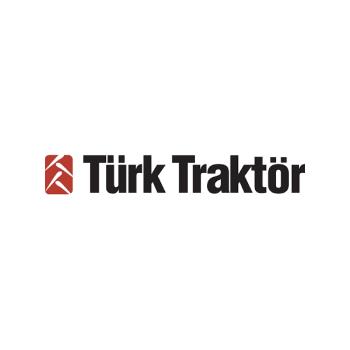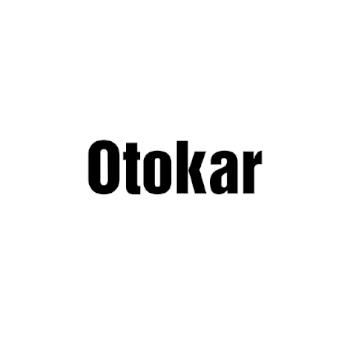What is a DC-DC Converter? Selection, Functionality, and Types
In the world of modern electronics and power management systems, the need for efficient power conversion is crucial. Whether it’s in smartphones, laptops, electric vehicles, or large-scale power systems, the role of a DC-DC converter cannot be overstated. In this blog, we’ll dive into what a DC-DC converter is, how it works, the different types available, and why it’s so essential in various applications.
A DC-DC converter is an electronic circuit that converts direct current (DC) from one voltage level to another, ensuring that different components in a device receive the appropriate voltage for optimal operation. In complex electronic systems, such as laptops or cars, various components require different voltage levels. A DC-DC converter steps up or steps down the voltage to meet those needs, making it an essential part of power management in these devices.
For example, in automotive applications, DC-DC converters allow the 12V battery to power low-voltage systems like sensors or entertainment units. Similarly, in battery-operated devices like smartphones, DC-DC converters ensure that despite the battery voltage dropping as it discharges, the device continues to function smoothly by providing a consistent output voltage.
How Does a DC-DC Converter Work?
The basic operation of a DC-DC converter involves converting the input DC voltage to the desired output voltage using key components such as switches, inductors, and capacitors. These components work together to store and release energy in a controlled manner, either stepping up or stepping down the voltage as required by the system.
One key feature of DC-DC converters is their use of high-frequency switching, which helps regulate the output voltage while minimizing power losses. By utilizing a switch mode design, the converter minimizes energy dissipation in the form of heat, making it highly efficient. Additionally, the arrangement of inductors and capacitors acts as a filter to reduce noise, ensuring smooth and stable voltage output without unwanted fluctuations.
Choosing the Right DC-DC Converter
Selecting the appropriate DC-DC converter is crucial to ensure the reliable and efficient operation of your electronic systems. Several factors need consideration:
- Input and Output Voltage: Determine the required input and output voltage levels. The converter should be capable of stepping up or stepping down the voltage as needed.
- Output Current Requirements: Calculate the maximum current the converter needs to handle. This is essential for preventing overloading and ensuring stable operation.
- Efficiency: A higher efficiency converter minimizes power loss and heat generation, leading to increased system reliability and longer device lifetimes.
- Topology: Different DC-DC converter topologies, such as buck, boost, buck-boost, and isolated converters, have varying efficiency and voltage regulation characteristics. Choose the topology that best suits your application's needs.
- Environmental Conditions: Consider the operating temperature range, as well as factors like humidity and vibration, which can impact the converter's performance.
- Size and Form Factor: Depending on the available space, choose a converter with a suitable size and form factor.
Isolated vs. Non-Isolated DC-DC Converters
DC-DC converters are categorized into two main types: isolated and non-isolated converters.
- Non-isolated DC-DC converters share a common ground between the input and output, making them simpler, smaller, and more efficient for applications where high isolation isn't necessary. They are commonly used in portable devices like smartphones and laptops, where voltage conversion is required without strict isolation needs.
- Isolated DC-DC converters, on the other hand, provide galvanic isolation between the input and output using a transformer. This isolation is crucial for safety and protecting sensitive components from voltage spikes and noise, often used in high-power systems like industrial equipment or electric vehicles. While isolated converters offer better protection, they are generally larger and more complex than non-isolated ones.
Key Benefits of DC-DC Converters
The advantages of DC-DC converters are numerous:
- High Efficiency: By using switch mode designs, modern converters reduce power losses and heat dissipation, making them highly energy-efficient.
- Voltage Regulation: DC-DC converters provide precise voltage regulation, which is essential for the smooth operation of sensitive electronic components.
- Compact Size: Advances in semiconductor technology have allowed converters to become smaller and more efficient, making them ideal for portable devices.
- Prolonged Battery Life: In battery-powered devices, DC-DC converters help optimize power consumption, prolonging the overall battery life.
The Need for DC-DC Converters
DC-DC converters serve the purpose of converting one DC voltage level to another. This is crucial in scenarios where the input voltage does not match the required output voltage of a device. Some common reasons for needing DC-DC converters include:
- Battery-Powered Devices: Many devices operate on battery power, which can vary over time. DC-DC converters ensure a stable output voltage even as the battery voltage drops.
- Efficiency Optimization: In renewable energy systems and electric vehicles, DC-DC converters help optimize the efficiency of energy transfer between various components.
- Voltage Compatibility: Different components in a system may require different voltage levels. DC-DC converters bridge this voltage gap.
- Voltage Regulation: DC-DC converters assist in regulating the output voltage, maintaining it within a specified range despite input voltage fluctuations.
Difference Between AC-DC and DC-DC Converters
The primary distinction between AC-DC and DC-DC converters lies in the type of input they accept. AC-DC converters, also known as rectifiers, convert alternating current (AC) to direct current (DC). They are commonly used in power supplies that convert mains AC voltage to usable DC voltage. On the other hand, DC-DC converters transform one DC voltage level to another. This is crucial when adapting power between components or systems with varying voltage requirements.
Calculating DC-DC Converter Wattage
Calculating the required wattage for a DC-DC converter involves multiplying the desired output voltage by the maximum output current the converter needs to handle. The formula is simple: Wattage (W) = Voltage (V) × Current (A). Adding a safety margin to this formula is also a smart convention. A typical safety margin might be in the range of 10% to 20%, but it can vary depending on the specific circumstances. This calculation ensures that the converter is capable of delivering the required power without being overloaded.
Types of DC-DC Converters
There are several types of DC-DC converters, each with a specific purpose depending on the voltage conversion needs. These converters are classified into two categories: non-isolated and isolated. Below are some common non-isolated types:
- Buck Converter (Step-Down): This type reduces the input voltage to a lower output voltage, ideal for applications where a lower voltage is required, such as in portable battery-powered devices.
- Boost Converter (Step-Up): Boost converters increase the input voltage to a higher output level, used in cases where devices need more voltage than the input source provides, such as LED drivers.
- Buck-Boost Converter: This versatile converter can either step up or step down voltage depending on the system’s needs, making it suitable for devices like solar power systems where input voltages can fluctuate.
- Ćuk Converter: An advanced topology that provides both step-up and step-down conversion with low input and output current ripple, commonly used in sensitive analog circuits requiring high efficiency.
- SEPIC Converter: This converter can both step up and step down voltage and is commonly used in automotive power supplies or battery chargers where continuous input/output currents are required.
- Zeta Converter: Similar to the SEPIC converter, this less common topology provides precise voltage regulation for systems with varying input/output voltage needs, such as telecom power supplies.
Applications of DC-DC Converters
DC-DC converters are used in various applications, from portable devices to large power systems. In battery-powered electronics like smartphones and laptops, they regulate the voltage to ensure the devices run efficiently despite fluctuations in battery levels. In automotive systems, DC-DC converters play a critical role in distributing power from the 12V battery to lower-voltage systems, or in electric vehicles (EVs), stepping down from high-voltage batteries (400V to 800V) to power lower-voltage components.
In larger-scale power transmission systems, DC-DC converters help manage the enormous power levels required, ensuring stable and efficient power flow.
Evolution of DC-DC Converters
Historically, DC-DC conversion was achieved using mechanical processes, such as converting DC to AC and then back to DC. This method was inefficient and costly. With the advent of semiconductor technology and integrated circuits, modern DC-DC converters became more efficient, compact, and accessible. The shift from mechanical to solid-state switch mode conversion allowed engineers to design highly energy-efficient systems, reducing the heat generated and making power management more cost-effective.
Difference Between Voltage Regulators and DC-DC Converters
While both voltage regulators and DC-DC converters manage voltage levels, they differ in their mechanisms. Voltage regulators maintain a constant output voltage by dissipating excess energy as heat. They are simple but less efficient, especially when dealing with significant voltage differences. DC-DC converters, on the other hand, can step up or down voltage levels efficiently, making them suitable for applications with varying input/output requirements and higher efficiency demands.
Conclusion
DC-DC converters are an essential component in modern electronic systems, enabling efficient power management across various devices and applications. From ensuring that your smartphone operates smoothly to helping electric vehicles manage their high-voltage batteries, these converters play a crucial role in delivering stable and efficient power. As technology advances, we can expect DC-DC converters to become even more sophisticated, enabling future innovations in areas like autonomous driving, renewable energy, and beyond.
Bestaş, DC-DC Converter Manufacturer
In the dynamic world of DC-DC converters, Bestaş emerges as a distinguished DC-DC converter manufacturer, characterized by its innovation, customization, and global impact. With a legacy built on technological excellence and a commitment to customer satisfaction, Bestaş stands as a beacon of quality in the realm of power conversion. As industries continue to embrace advanced power solutions, Bestaş remains a trusted partner, paving the way for efficient, sustainable, and tailored power conversion technologies.

